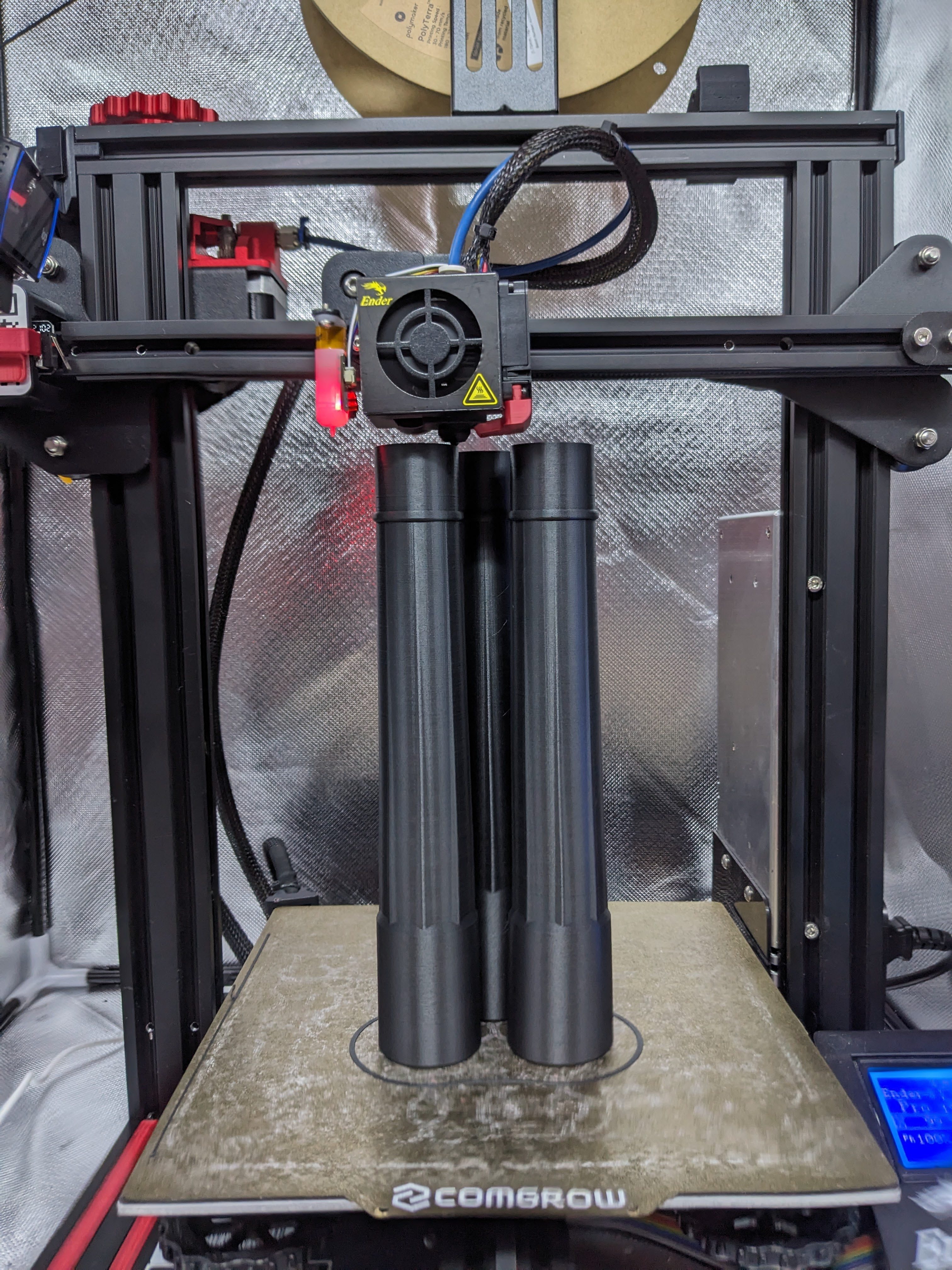3DPrinting
3DPrinting is a place where makers of all skill levels and walks of life can learn about and discuss 3D printing and development of 3D printed parts and devices.
The r/functionalprint community is now located at: or [email protected]
There are CAD communities available at: [email protected] or [email protected]
Rules
-
No bigotry - including racism, sexism, ableism, homophobia, transphobia, or xenophobia. Code of Conduct.
-
Be respectful, especially when disagreeing. Everyone should feel welcome here.
-
No porn (NSFW prints are acceptable but must be marked NSFW)
-
No Ads / Spamming / Guerrilla Marketing
-
Do not create links to reddit
-
If you see an issue please flag it
-
No guns
-
No injury gore posts
If you need an easy way to host pictures, https://catbox.moe/ may be an option. Be ethical about what you post and donate if you are able or use this a lot. It is just an individual hosting content, not a company. The image embedding syntax for Lemmy is ![]()
Moderation policy: Light, mostly invisible
view the rest of the comments

Excuse my ignorance, I don't know much about 3D printer material types / filament resistance, but from a few 3D printed cases for small devices I had, isn't the plastic brittle? Or the joints of layers. Especially for a long cylinder shape where force is going to be applied to. I dropped 2 cases on the floor and they broke in multiple pieces where 2 layers of filament joined. But granted, their thickness was 2-3 millimeters.
Yes normally the tube gets inserted into another tube, which is the stuck into another tube or a foot. This leaves a large moment force directly where the tube is pushed into the other tube. Most likely even with careful use, this tube will break very quickly. The layer joint is the weak spot and the type of plastic most likely isn't ideal.
Vacuum cleaner parts are made from a high impact plastic, something that's tough but a bit on the softer side. This way it can take a beating without breaking into a million pieces.
3D printing this is cool and impressive to pull off such a high and narrow print. But practically speaking it makes no sense.
It depends on material type, print settings and design itself. While injection molded parts are usually stronger, 3D printed parts can survive a lot of stress if built correctly (some printers are built from 3D printed parts for example). But you are right, OPs tubes might not survive for too long (it will break between layers most likely). I wish it survives for many years tho
On the other hand, 3D printing is not only used to build better and cheaper parts, its a hobby for lot of us. The ability to imagine, create a 3D model and build the part at home makes me feel powerfull. Its almost always better (cheaper, stronger, faster) to use other technologies or just buy something, but where is the fun 😄
You are correct that injection molded plastic is generally stronger than FDM. I have a well tuned printer, and I use a .6mm nozzle which gives better layer adhesion than the standard .4mm while not having to sacrifice too much detail. I also print in a tent to keep the air warm and gain some effect from annealing the plastic which makes prints slightly stronger.